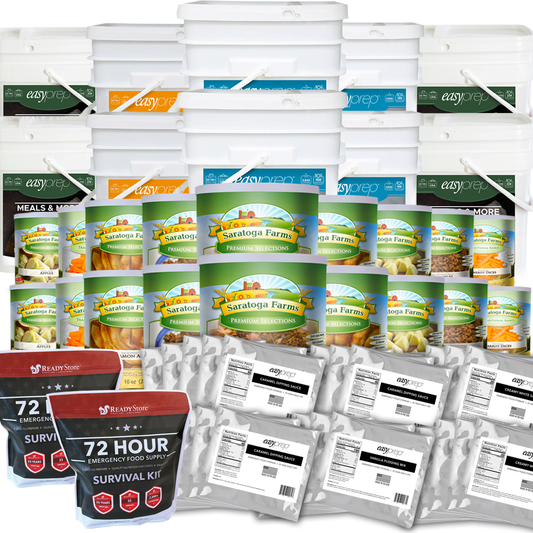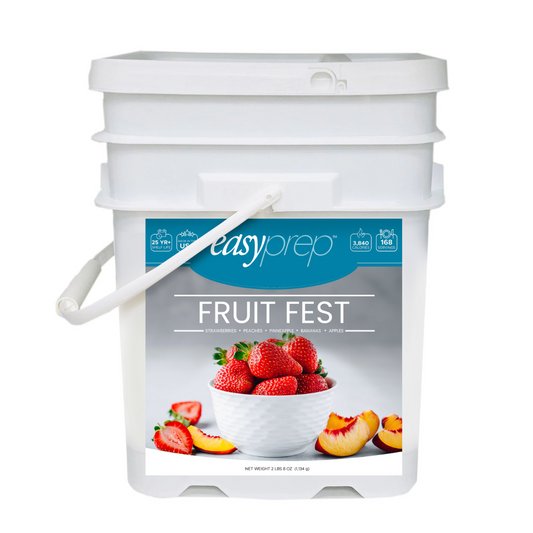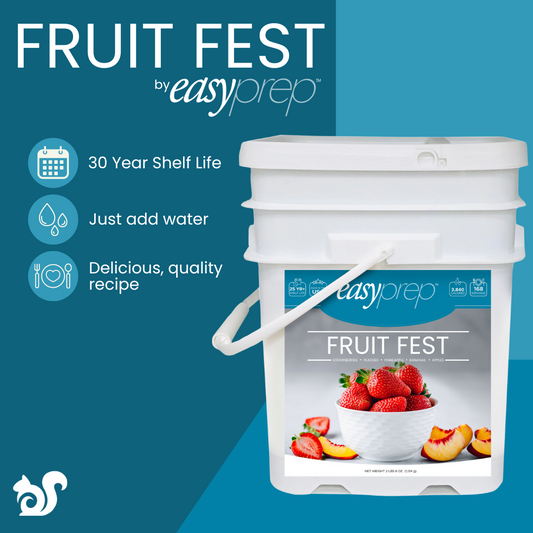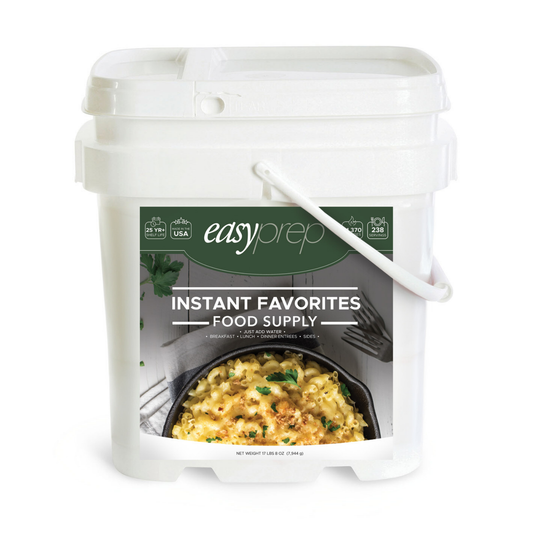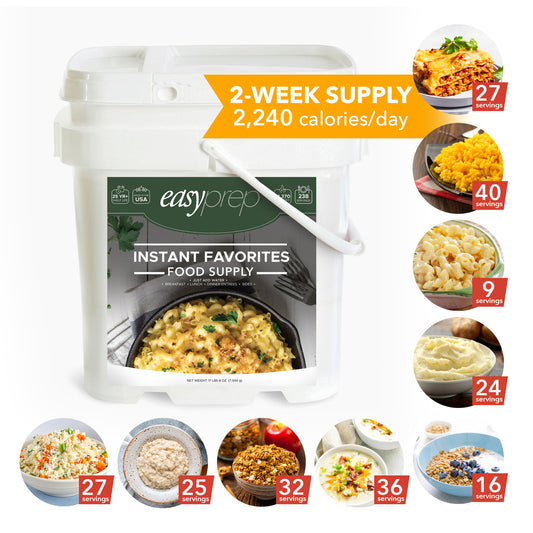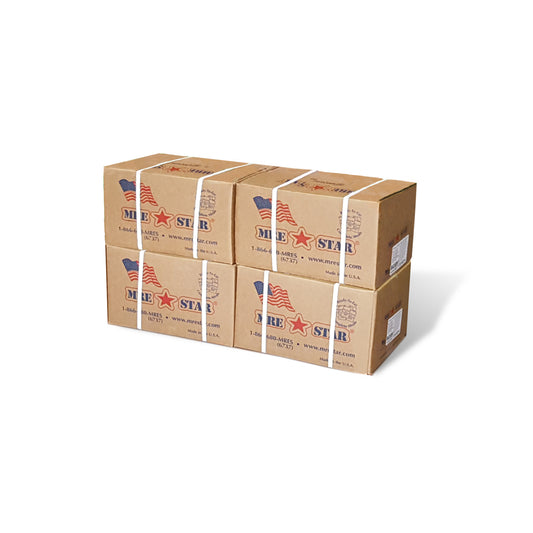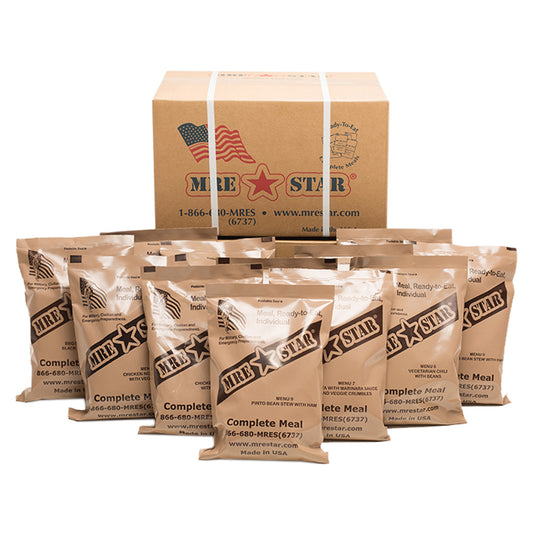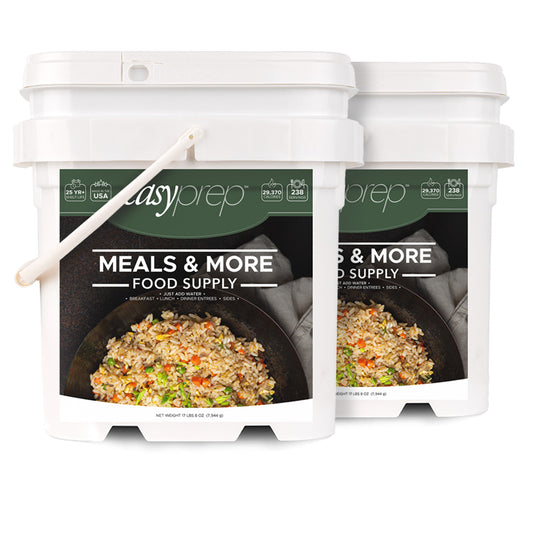Surviving a Winter Storm with a Cardboard Box
During this time of year, winter snow storms are a large reality. Winter snow storms can cause major power outages in your home. If you aren’t lucky enough to have an alternative power source, having an extended power outage can be dangerous. Hypothermia is a major concern for peoples exposed to cold temperatures during a winter storm. Over 700 deaths from hypothermia are recorded each year in the United States. Here are a few tips to beat a winter storm. You'll be surprised how much help a simple cardboard box can be to keep you warm:
Keep core warm
You’ll need to start by keeping your core body warm. Try to insulate against the cold, putting on extra layers to ensure that your body stays warm and your internal organs continue to function. In extreme situations, even items like plastic bags or pieces of cardboard can be stuffed in your clothing to protect against the cold. (Please do not choose this option over a nice winter coat.)
Try not to work up a sweat
You might be tempted to move around a lot to work up a sweat. However, in the cold, your body will be using more calories to generate heat. Working up a sweat can throw that balance off and make the situation worse. Be smart in the activities you’re doing in the cold too. There are often reports of people who have heart attacks when shoveling snow.
This happens when people who are more used to channel surfing than exercise, leap from their couches and start lifting 40-pound heaps of snow. This kind of sudden increase in activity isn't a good thing if you aren't in shape. If you need to clear your driveway, get help from a young neighbor. If not, go slow and steady, taking breaks as often as you need. 1
Frostbite and hypothermia can set in within minutes
If temperatures start to drop rapidly, you’ll need to move quickly to get a source of heat. Frostbite Take care to wear gloves, warm socks, hats, coats, etc. If you are exposed too long to cold temperatures, your extremities may be at risk for frostbite. Ice crystals form on the outside of your skin cells. This dehydrates the cell and eventually kills it. The two main stages of frostbite and its symptoms are:
- Superficial frostbite - numbness, tingling, burning, itching. The skin looks frozen white and retains firmness when pressed.
- Deep frostbite - increased and eventual loss of sensation, swelling, blood blisters. The skin is yellowish and hard and can appear blackened and dead.
To treat frostbite, move to a warm area as soon as you can and elevate the affected area. Remove any restricted clothing or jewelry to keep from further inhibiting the flow of blood. Thawing should be performed by a doctor, so get to a hospital as soon as you can. If you can't get to a doctor warm the area quickly in water between 104-107 degrees Fahrenheit (40-42 degrees Celsius). This will be a painful process, but necessary to save your digits.2
- Cold skin to the touch
- Hypothermics will shiver and then be cold with no shivering
- They will be weak and slow moving with slow reflexes
- Irritability and combativeness
- Confused. Many hypothermics begin to hallucinate
- Slow breathing
- Slow, irregular, heartbeat4
Stick to one room for heat and close off unnecessary rooms in the house. Make sure there are no air leaks in the room. Keep sunlight streaming through the windows in the day, but block all windows at night.3
If your home has more of an “open concept,” you might need to use cardboard boxes to trap heat in to a makeshift room. If the situation gets extremely desperate, you can use these cardboard boxes to trap the heat into a small confined area. Even the light of a flashlight might be able to help generate heat in such a small area.
- Eat warming spices in your foods, such as basil, ginger, turmeric, garlic, and cayenne.
- Eat antioxidant foods, including fruits (such as blueberries, cherries, and tomatoes), and vegetables (such as squash and bell peppers).
- Eat more hot soups made with fresh vegetables.
- Avoid coffee and other stimulants, alcohol, and especially tobacco. Tobacco causes blood vessels to constrict and may increase risk to hypothermia.
- Drink 6 - 8 glasses of filtered water daily. Hydration is important in reducing problems from cold exposure.
- Exercise at least 30 minutes daily, 5 days a week.4
With a long-term food supply kit from The Ready Store, you'll be rest-assured that your food is giving you enough calories and doesn't taste like a cardboard box.
Winter Storm Supplies
Besides a cardboard box, you could stock up on some other items.
1. A snow shovel
Don't skimp when it comes to getting yourself a nice snow shovel. Make sure it's a medium size shovel. Not too big and not too small. Of course if you have the money, a good snow blower can be very handy as well. But if you can't justify a snow blower, make sure you at least have a couple of good snow shovels.
2. Chains for your tires, snow tires
If you have ever tried to drive on the ice you know that it doesn't make much of a difference to have 4 wheel drive when your vehicle can't get any traction! You can pick up a good set of chains for not much money and save yourself a lot of hassle. If you live in an area where it snows often, you might want to put some snow tires on.
3. An Auto Emergency kit
Picture this, you are driving in the snow, and then the road gets so bad that they have to close it. Or even worse, you get stuck on a low traffic road in the snow. What do you do? You break out the Auto emergency kit! This kit should include extra warm clothing, food, water, and light. You may also want to include an emergency dynamo powered cell phone charger as well so you can keep the juice flowing through your cell phone.
4. Extra blankets, and layers of clothing
As stated above, you may not think you need it, but keep some extra warm clothes and blankets in your car. Don't forget the gloves and hat! Even if you don't need to use them, you might find yourself on the rescuing end of an emergency and it's nice to have these items on hand to help others that may be stuck on the snow.
5. An alternative heat source
So many times a big winter know will knock out access to the power. How do you keep warm then? You should invest in a generator, some wood for a fire, or at least some heavy blankets to keep your family warm. Don't go on thinking that the power will always be on. It's especially dangerous in a power outage to now have adequate heat, warmth and shelter.
6. Extra Food Storage
When the snow hits, you don't want to be on the icy, snowy roads. Make sure you have enough food stored in your home to at least get you through the storm. While snow doesn't last forever, it can sometimes hem you into your home for a while making it very important that you have plenty of food and water to get you through.
7. Ice melt
Ice is a tricky thing. The last thing you want is to slip on the ice and break a bone. Make sure you sprinkle ice on your walkways and driveway. This will not only help you but keep you from being liable in the case a guest comes by the house and takes a fall. Hips are often broke from an unexpected slip in the ice.
8. Communication device
Keep your cell phone charged, and also break out your emergency radio for the latest news and emergency information. Make sure this device can be powered through a hand crank (dynamo) because during a snowstorm solar power isn't going to help much.
9. Emergency Lighting
Keep extra candles, and emergency light on hand. Light sticks, flashlights, and dynamo powered flashlights are critical for your emergency supplies.
10. A Sled!
If you have enough warm clothing, take advantage of the snow and go sledding or skiing! It's important to get out of the house and get some physical activity for both your physical and mental health!
Sources 1. Charles W. Bryant "10 Ways to Survive a Snowstorm" 11 February 2008. HowStuffWorks.com. http://adventure.howstuffworks.com/10-ways-to-survive-a-snowstorm.htm 25 May 2016 2. Charles W. Bryant "10 Ways to Survive a Snowstorm" 11 February 2008. HowStuffWorks.com. http://adventure.howstuffworks.com/10-ways-to-survive-a-snowstorm.htm 25 May 2016 3. Oblack, Rachelle. "How to Survive a Blizzard" http://weather.about.com/od/winterweather/a/winter_survival.htm 4. Complementary and Alternative Medicine Guide. Hypothermia. http://umm.edu/health/medical/altmed/condition/hypothermia#ixzz1lLVMk8Ma


